New material combination could lead to a more efficient approach to computer memory and logic.
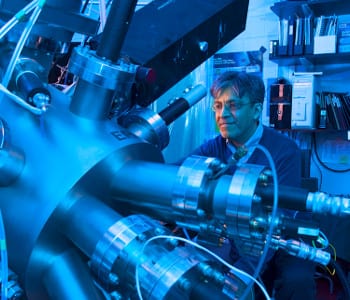

New material combination could lead to a more efficient approach to computer memory and logic.
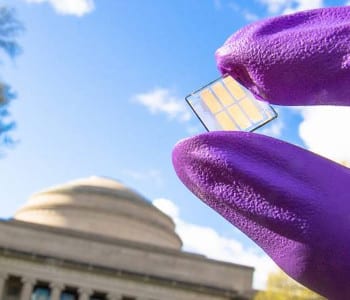
Rate of improvement of quantum dot devices is one of the most rapid seen for a solar technology.
Widely tunable, easy-to-operate single source “C-Wave” for applications such as spectroscopy, quantum optics and photochemistry. It was awarded with the Photonics West Prism-Award 2014.
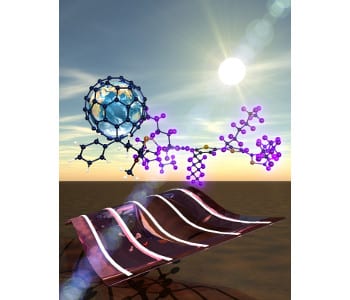
Multidisciplinary ORNL team discovers unexpected effect of heavy hydrogen in organic solar cells.
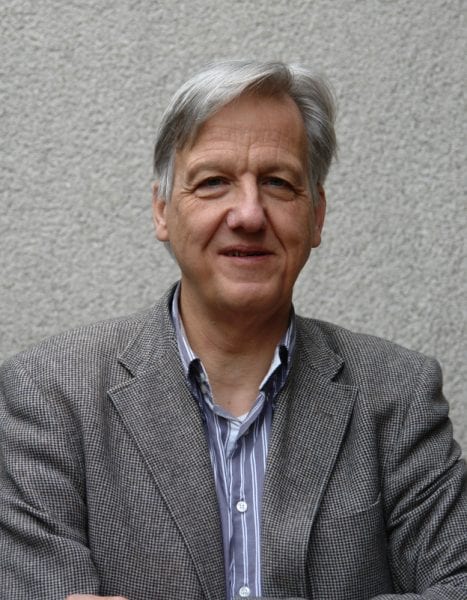
Professor Laurens Molenkamp of the University of Würzburg has been awarded a DFG Gottfried Wilhelm Leibniz Prize.
Graphene, elastomers, and hybrid molecule–surfaces – these and more in October’s physics highlights.
Researchers release massive database of molecules that might be useful in organic solar cells.
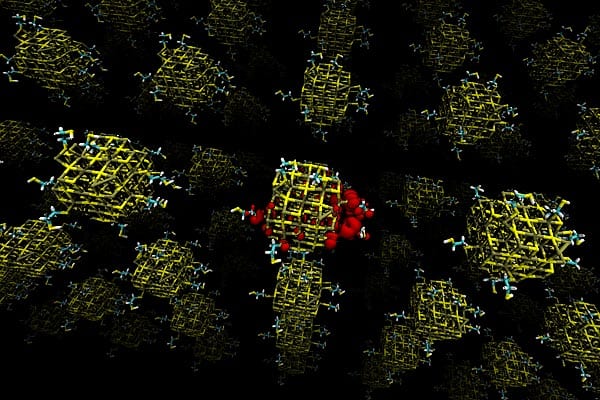
MIT researchers find that the secret lies in off-kilter ratios of the two basic components that make up the dots.

Dr. O. Anatole von Lilienfeld of Argonne has been awarded the 2013 Thomas Kuhn Paradigm Shift prize of the “Computers in Chemistry” division of the ACS.
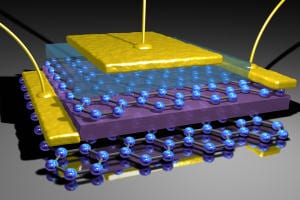
Device is capable of revolutionising technologies for medical imaging and security screening.